What is maca?
Maca is a Peruvian medicinal root vegetable unique to the central Andes that grows above 4000 m. It is the highest cultivated crop on the planet and one of Peru’s most sacred plants with a long spiritual history.
Maca is made up of leafy rosettas that house the seeds and an underground hypocotyl that houses the medicinal components.
How does maca work?
Maca (Lepidium meyenii) has been used for centuries by the Incan people of Peru for its medicinal properties and is associated with strength, endurance and resilience. Known as the food of the brain, maca is an adaptogen that helps the brain respond and adapt to stress to return balance to the body’s natural endocrine function. Maca root is a nutritional powerhouse, providing key macro and micronutrients, antioxidants and unique bioactive compounds like macamides that regulate our endocannabinoid system (ECS). Maca provides strength, balance and resilience, it is not a stimulant and is a 100% natural superfood that can be used at all ages of life by men, women and children.
What are the benefits of Maca root?
Outside of Peru maca is usually powdered and used as a daily dietary supplement. The list of Maca powder benefits is vast, with clinical studies showing it assists with hormonal imbalances, menopause, inflammatory conditions, thyroid issues, mental health, neurological function, bone density, prostate function, fertility and libido. Not all maca is equal however and it is important to ensure you select the right type of Maca and colours of maca for the right health condition.
What are the colours of maca?
There are three main types of maca that can be characterized by the colour of their roots (hypocotyls). The same seeds can produce all three colours of maca with yellow maca constituting 60-70% of the harvest, red maca 20-30% and black maca 10%. A cross-section of the fresh maca roots shows little difference between the colours of maca except differences in the outer skin pigmentation. The yellow maca root has a slightly darker yellow colour compared to red maca and black maca. Despite looking similar on the inside biochemical analysis of the roots shows significant differences in the concentration and composition of key bioactive molecules in the different colours, supporting the idea that the different colours of maca have different medicinal properties.
A cross-section of the different coloured maca roots
After harvest maca is firstly dried before being cooked
What maca powder do I take?
Maca root comes in different types of maca powders that can be added to your daily meal routine. It is advised to never eat raw maca powder due to the high risk for mould, aflatoxins and negative health effects they can have on the body. Traditionally in Peru maca has always been cooked or boiled before use. So when deciding on a Maca powder to use it is best to consider how you will be consuming it. If you will be using maca in smoothies or raw foods it is advised to use a gelatinized maca powder vs raw maca powder. Gelatinized maca is often called “activated maca” as it has gone through a heating process to sanitise and improve gut absorption. For those who want the most versatile way to consume maca we recommend using gelatinized or activated maca as this can be consumed without cooking or can be cooked again if required.
How do I take maca?
Maca powder can be added to smoothies, cereal, granola, porridge, yoghurt, fruit salad, tea, baking, soups, stews and more delicious recipes. Gelatinized maca (activated maca) has a sweetish, malt caramel flavour that compliments spices, aromatic foods and bitter foods like cacao. When taking maca generally 1 tsp of powder is sufficient but dosage can vary depending on the condition being treated and your sensitivity. Maca powder should be consumed daily for a minimum 6-12 weeks and is best taken in the morning or lunch with food.
Learn about our premium Maca powder products
Note: There is no upper limit with maca and everybody is different, so it is important to find your ideal dose that is right for your body, for some this may be less than the recommended for others it may be more. If you experience positive health benefits then we suggest you continue treatment at that ideal dosage. The material provided on this website is for information purposes only. It is not intended to replace medical advice or be a treatment for any medical condition. Users should consult a health professional if you have any concerns about your health, are starting any health or nutritional related treatment, or for any questions you may have regarding your own or any other party’s medical condition. Information and statements regarding dietary supplements have not been evaluated by the Food and Drug Administration and are not intended to diagnose, treat, cure, or prevent any disease.
Bibliography
1. [a] C. Quiroz and R. Aliaga, “Maca (Lepidium meyenii Walp.),” in Andean Roots and Tubers: Ahipa, Arracacha, Maca and Yacon. Promoting the Conservation and Use of Underutilized Neglected Crops, M. Hermann and J. Hellers, Eds., vol. 21, pp. 173–197, International Plant Genetic Resources Institute, Rome, Italy, 1997. [b] B. Cobo, History of the New World, Biblioteca de Autores Espan ̃oles, Madrid, Spain, 1956.
2. [a] C. Gonzales, J. Rubio, M. Gasco, J. Nieto, S. Yucra, and G. F. Gonzales, “Effect of short-term and long-term treatments with three ecotypes of Lepidium meyenii (MACA) on sper- matogenesis in rats,” Journal of Ethnopharmacology, vol. 103, no. 3, pp. 448–454, 2006. [b] G. F. Gonzales, S. Miranda, J. Nieto et al., “Red maca (Lepidium meyenii) reduced prostate size in rats,” Reproductive Biology and Endocrinology, vol. 3, article 5, 2005. [c] J. Rubio, M. Caldas, S. Da ́vila, M. Gasco, and G. F. Gonzales, “Effect of three different cultivars of Lepidium meyenii (Maca) on learning and depression in ovariectomized mice,” BMC Complementary and Alternative Medicine, vol. 6, article no. 23, 2006.
3. [a] G. F. Gonzales, “Biological effects of Lepidium meyenii, maca, a plant from the highlands of Peru,” in Natural Products, VK Singh, R Bhardwaj, JN Govil, and RK Sharma, Eds., vol. 15 of Recent Progress in Medicinal Plants, pp. 209–234, Studium Press, Houston, Tex, USA, 2006. [b] G. F. Gonzales, “MACA: Del alimento perdido de los Incas al milagro de los Andes: Estudio de seguridad alimentaria y nutricional,” Seguran ̧ca Alimentar e Nutricional, Campinas, vol. 16-17, no. 1, pp. 16–36, 2010. [c] L. G. Valerio and G. F. Gonzales, “Toxicological aspects of the South American herbs cat’s claw (Uncaria tomentosa) and maca (Lepidium meyenii): a critical synopsis,” Toxicological Reviews, vol. 24, no. 1, pp. 11–35, 2005.

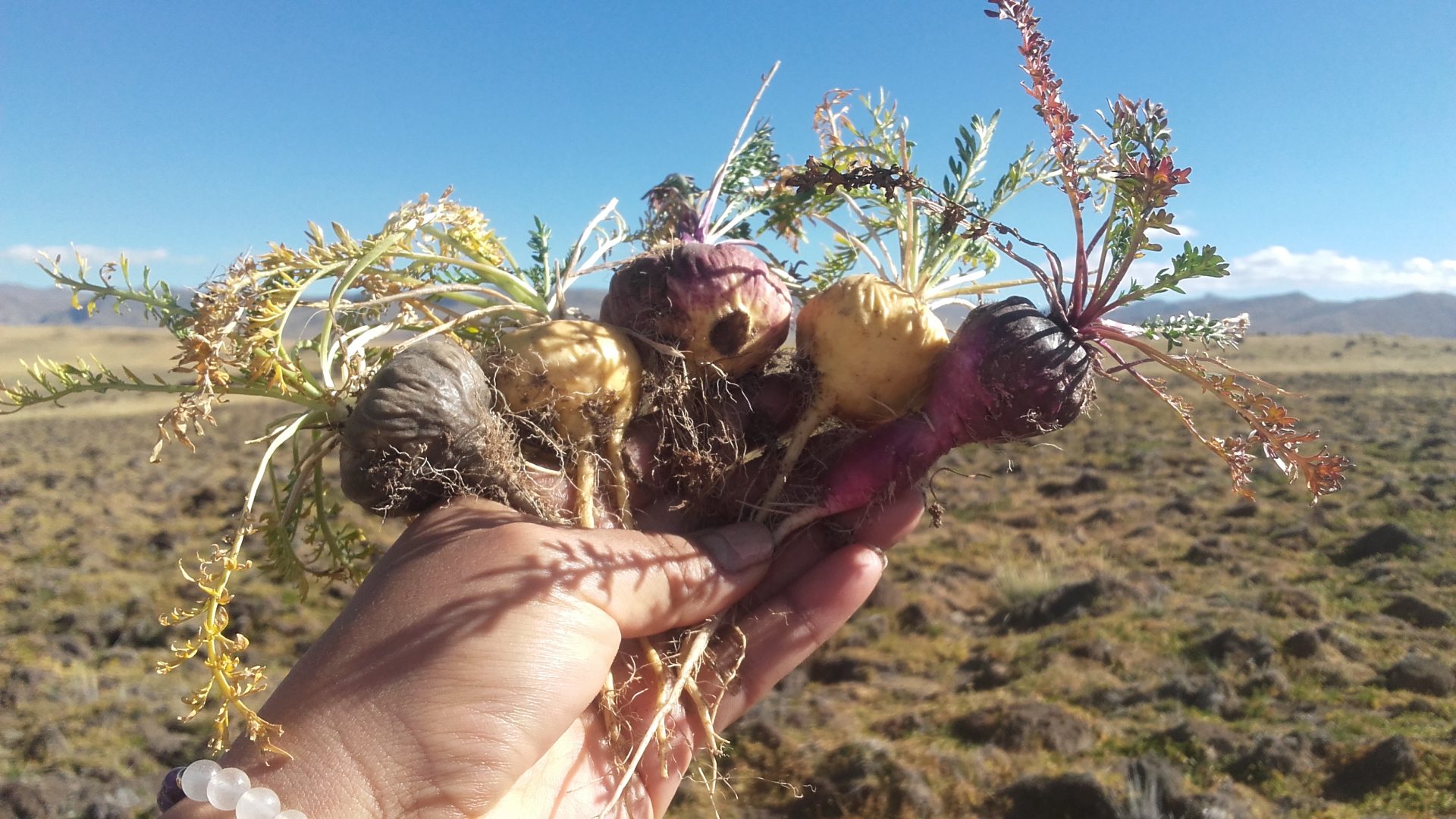
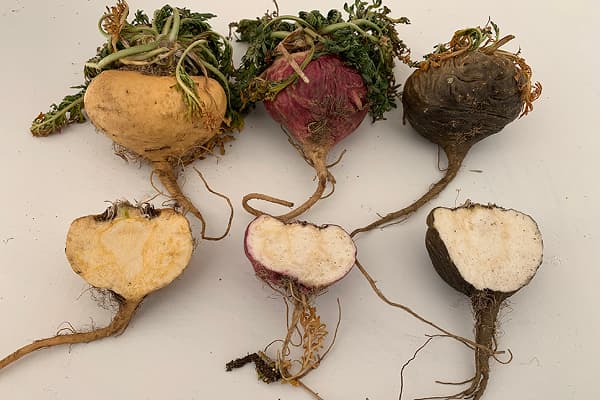
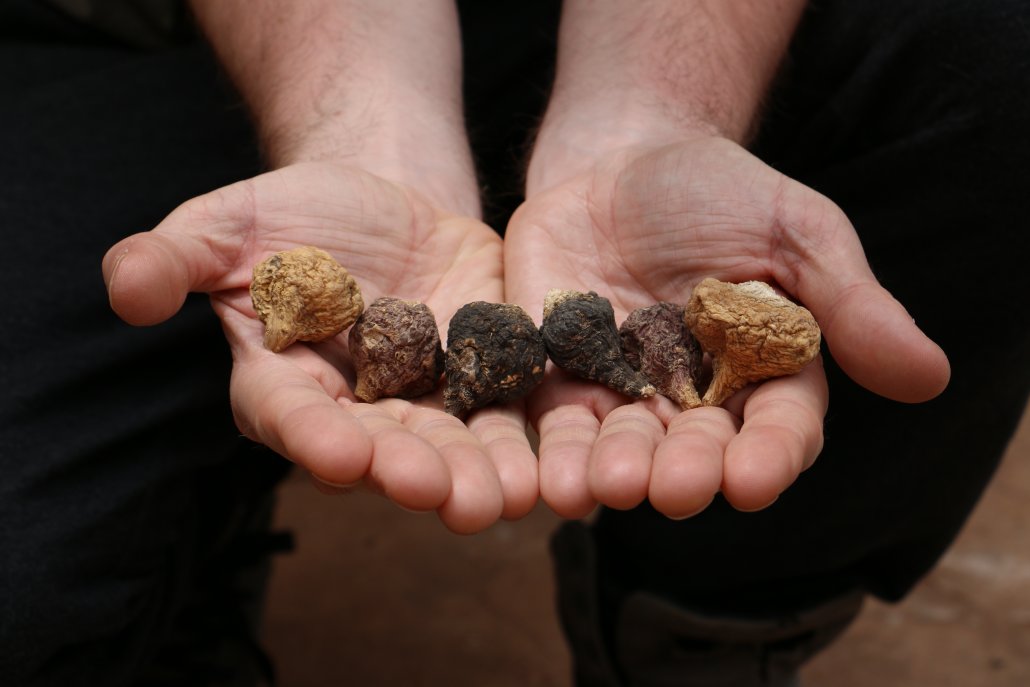
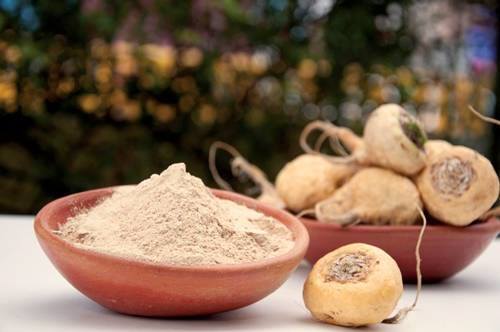


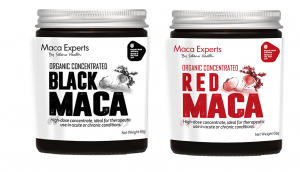
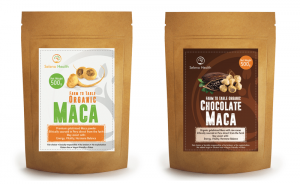
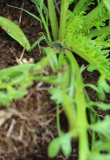
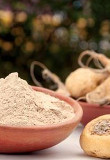
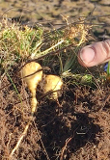
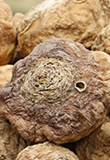
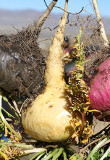
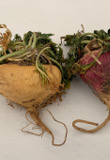


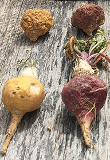
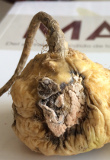
Leave a Reply
Want to join the discussion?Feel free to contribute!